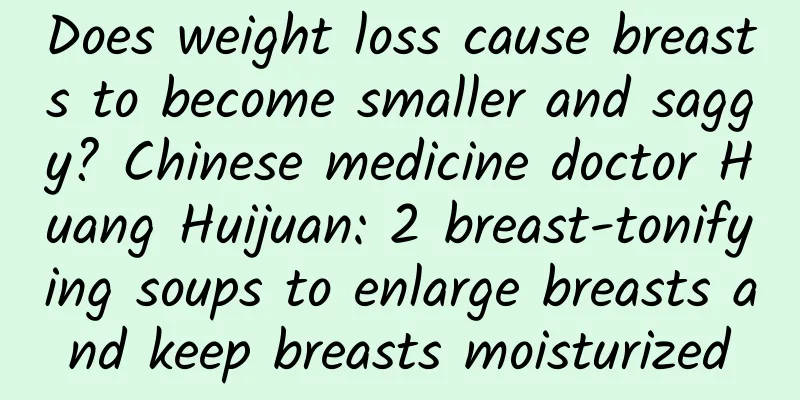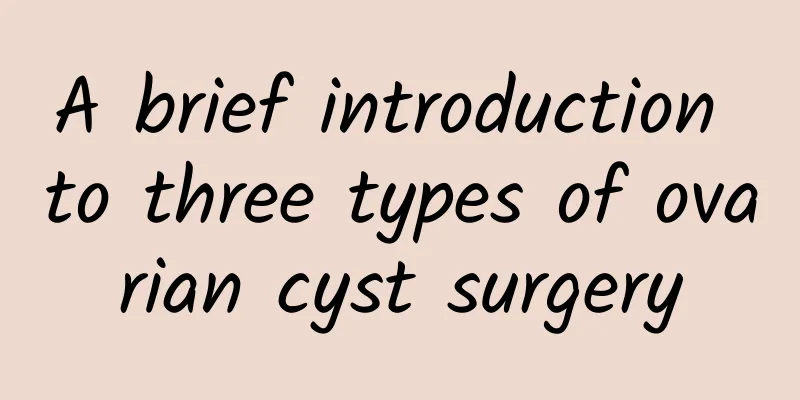Is it necessary to distinguish the left and right sides when diagnosing Bartholin's cyst?

|
When diagnosing Bartholin's gland cyst, it is usually not necessary to distinguish between the left and right sides, because the formation mechanism and treatment of the cyst are basically the same on both sides. Bartholin's gland cyst is a cystic lesion formed by the accumulation of secretions due to the obstruction of the Bartholin's gland duct. Common symptoms include local swelling, pain or discomfort. Treatments include medication, surgery and daily care. 1. Causes of Bartholin's gland cyst The occurrence of Bartholin's gland cysts is related to a variety of factors. Genetic factors may lead to abnormal gland structure and increase the risk of duct obstruction. Environmental factors such as poor local hygiene, infection or inflammation may also cause duct obstruction. Physiological factors such as fluctuations in hormone levels and increased viscosity of glandular secretions can also affect gland function. Trauma or surgical operations may cause duct damage, leading to cyst formation. Pathological factors such as chronic inflammation or infection may further aggravate the condition. 2. Treatment of Bartholin's gland cyst Medical treatment is a common initial treatment, including antibiotics such as cephalosporins and amoxicillin for infection control, anti-inflammatory drugs such as ibuprofen to relieve pain and swelling, and topical ointments such as erythromycin ointment to promote healing. For recurrent or larger cysts, surgical treatment may be a necessary option, including cystostomy, cystectomy, or laser treatment. Daily care is also important, keeping the area clean and dry, avoiding the use of irritating lotions, and wearing loose, breathable underwear can help prevent recurrence. 3. Prevention and precautions of Bartholin's gland cyst The key to preventing Bartholin's gland cysts is to maintain a good lifestyle. In terms of diet, eat more foods rich in vitamins and fiber, such as vegetables and fruits, and avoid spicy and irritating foods. In terms of exercise, moderate exercise such as yoga and walking can help enhance immunity and reduce the risk of infection. Regular physical examinations and timely medical treatment are the key to early detection and treatment. The diagnosis and treatment of Bartholin's gland cysts do not need to distinguish between the left and right sides, but a personalized plan should be developed according to the specific situation. Through drug treatment, surgical intervention and daily care, most patients can effectively relieve symptoms and prevent recurrence. If local swelling, pain or discomfort occurs, it is recommended to see a doctor as soon as possible to avoid worsening of the condition. |
<<: Why is the vaginal discharge abnormal and bloody?
>>: Can I get pregnant with primary amenorrhea?
Recommend
What are the characteristics of ovarian cysts?
What are the characteristics of ovarian cysts? Ov...
How are uterine cysts formed?
The main cause of uterine cyst formation is infla...
Let's listen to the experts introduce the types of dysmenorrhea
Dysmenorrhea is generally divided into primary dy...
What dietary taboos should be paid attention to after suffering from uterine fibroids
After women suffer from uterine fibroids, in addi...
How to treat uterine fibroids? When can uterine fibroids be cured?
Uterine fibroids are a common disease in women, b...
Lack of sleep leads to poor metabolism and it is hard to stay healthy
(Author: Pan Huaizong, Sui Ande, Zhang Yafang, ET...
How to prevent premature ovarian failure? Will menstruation occur with premature ovarian failure?
The ovaries are the most important reproductive o...
Can female cervical erosion be treated with antibiotics? Pay attention to these when treating cervical erosion with antibiotics
Should antibiotics be used to treat cervical eros...
What causes cervical erosion and what are the hazards
Cervical erosion is a common gynecological phenom...
What are the common dangers of pelvic inflammatory disease?
Experts remind that pelvic inflammatory disease s...
How to cure cervical erosion in women? There are 3 hazards if cervical erosion is not treated.
Cervical erosion is a common gynecological diseas...
The ketogenic diet not only helps with weight loss, but also prevents cardiovascular disease! Doctors reveal: 5 major advantages of the ketogenic diet
Modern people live longer, so chronic diseases ar...
Dietary principles for regulating amenorrhea
There are many causes of amenorrhea. In addition ...
A brief analysis of several common symptoms of pelvic inflammatory disease
Many female friends do not go to the hospital for...
To enhance immunity and fight viruses, the "three anti-epidemic treasures" are indispensable! Vitamin D and phytochemicals are essential
The immune system is like the body's security...









